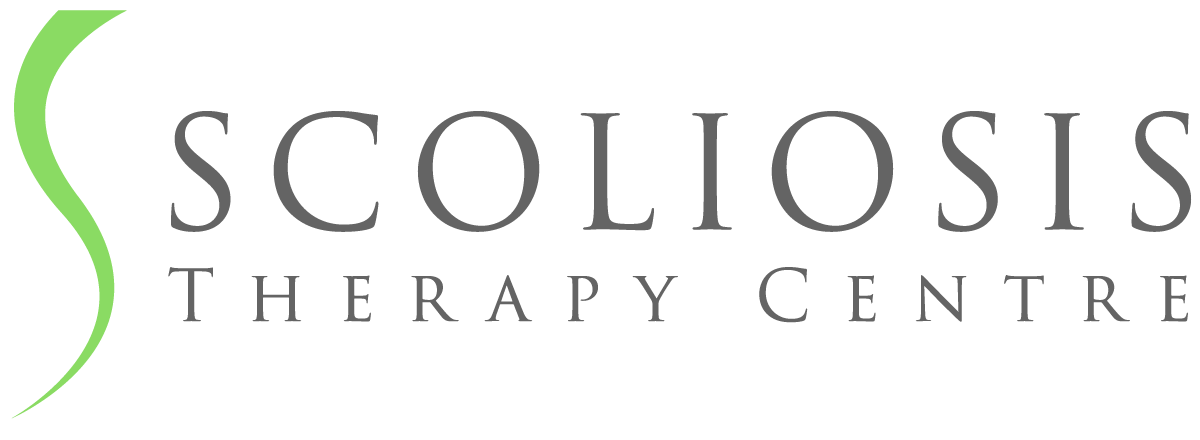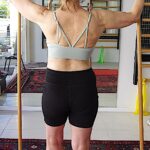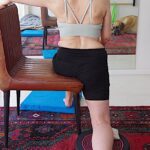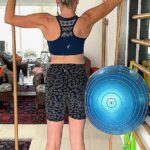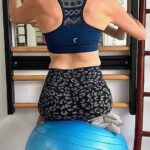Adult Scoliosis
Without Treatment
Once a structural scoliosis has begun, asymmetrical gravitational loading takes over. Without treatment gravity causes: more changes in the deformed vertebrae; further progression of the curve, which looses its flexibility; and further changes in trunk deformity.
Excluding scoliosis that develops early in life or from a separate syndrome there are 2 types of adult scoliosis: adult idiopathic scoliosis and adult degenerative scoliosis, also known as de novo (new) scoliosis. Whilst the former is a progression and worsening of the disorder from either childhood or adolescence, the latter relates to aging.
Degeneration of discs and spinal (facet) joints, which can also lead to spinal stenosis (narrowing of the spinal canal, causing nerve impingement), are common factors in both types of adult scoliosis. Whilst adult idiopathic scoliosis can appear in both thoracic and lumbar spine, adult degenerative scoliosis usually occurs in the lumbar spine. When viewed from the side, the lumbar spine often appears to have flattened, loosing its normal curve (lordosis).
2 most common symptoms of adult idiopathic scoliosis are low back pain and stiffness. Depending on the extent of degeneration in the spine, other symptoms include numbness, cramping and shooting pain in the legs due to nerve impingement; and fatigue to due the strain on back and leg muscles. Back pain; numbness; and shooting pain down the leg are symptoms associated with adult degenerative scoliosis.
With Treatment
The Schroth Method can help adults with scoliosis turn the 'Vicious Cycle into a Virtuous Cycle'. A program of customized Schroth scoliosis specific exercises can improve postural alignment, mobility, provide relief pain, stop progression. and improve overall health related quality of life.
- Basic corrections and adjusting Body Blocks
- Lumbar spine correction
- Lumbar Spine & Prominent Hip correction
- Thoracic and Lumbar spine correction
(Click once on an image to expand it to full view, a gallery slide show will automatically commence; or you can manually move from one image to another by clicking on the left and right arrow indicators.)
Effectiveness of Schroth Method Treatment
Evidence that the Schroth Method of conservative treatment for scoliosis can alleviate, and eliminate pain, and therefore enhance quality of life despite the presence of adult scoliosis, is well documented in a research article published in 2012.
A 62 year old female noticed the unevenness in her hips and shoulders when she was at high school. 2 years before she was diagnosed with scoliosis the onset of various muscular pains occurred. Pain was constant in her right shoulder blade, right lower back and hip, which increased when walking. The pain in her right shoulder disturbed her sleep and troubled her with daily activities. Shortness of breath was problem during prolonged activities. Occasionally, she experienced difficulty climbing stairs, due to a weak left hip.
Click on the research article Citation to download a copy of the Case Report.
Citation: Watters H, Volansky K, Wilmarth M (2012) The Schroth Method of Treatment for a Patient Diagnosed with Scoliosis: A Case Report. J Nov Physiother 2:113. doi: 10.4172/2165-7025.1000113
And, for more information specific to thoracic and lumbar Adult Scoliosis curvature types . Click Here
